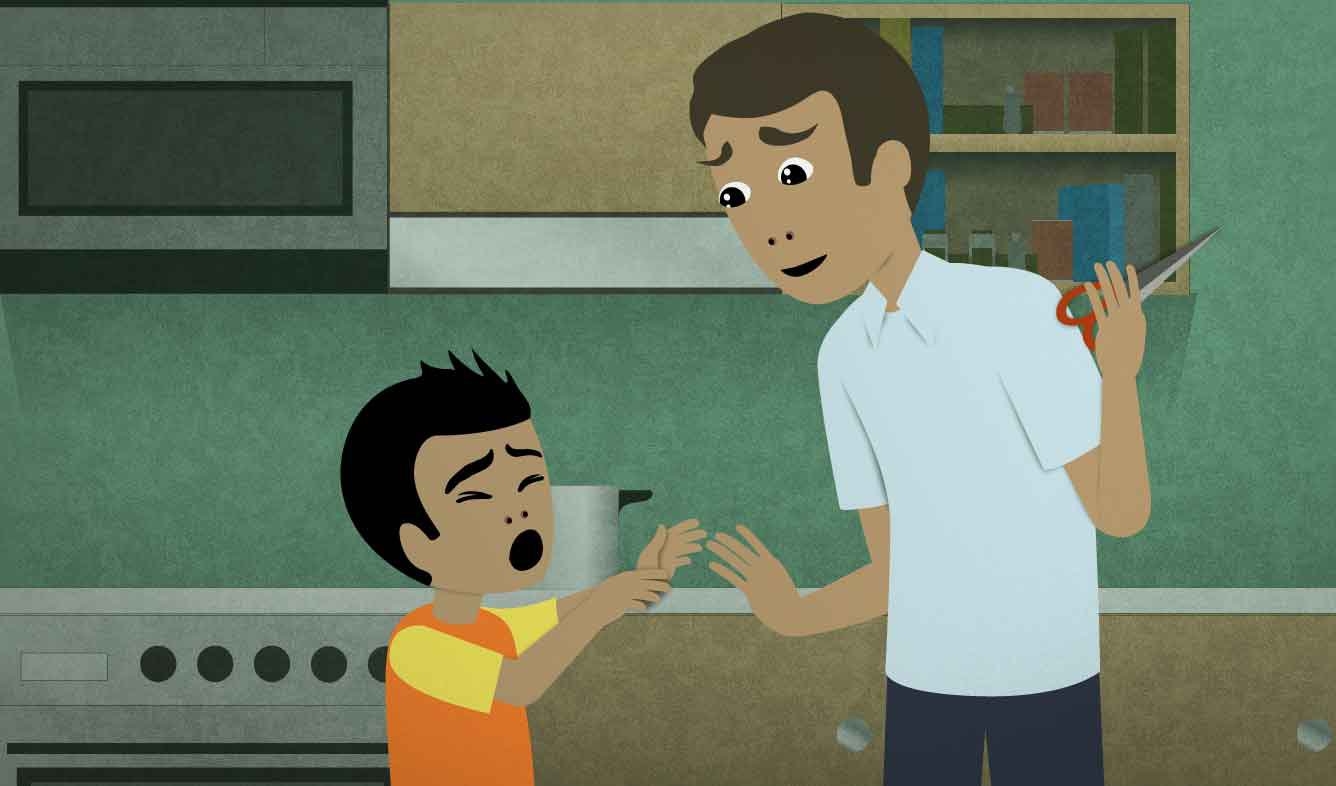“Hey! Come on! There's no need for that.”
You're taking care of your friend's young child. He gets angry because you won't let him play with something dangerous, and starts crying loudly. You try to calm him down.
Hey! Come on! There's no need for that.
Want Video and Sound? Follow us on YouTube

Hey
You say "Hey" at the beginning of a sentence in casual English when you want to get someone's attention. For example:
Hey, Hitomi, can you hand me that box over there?
It's common to say "Hey" before you ask someone a question, or when someone has done something that's wrong or unfair:
Use "hey" with people you know or are familiar with. When you're talking to people you don't know as well, "Excuse me" is more polite.
Come on!
"Come on" is something to say when you're trying to persuade someone:
You also say "Come on!" when someone is upset or angry, and you're trying to get them to calm down:
Come on. Don't talk that way. Of course I love you.
There’s no need for that
You can say this when someone is behaving very badly, or is overreacting, or has an idea you don’t like.
A: Then I guess we have to cancel the party.
B: There’s no need for that!
